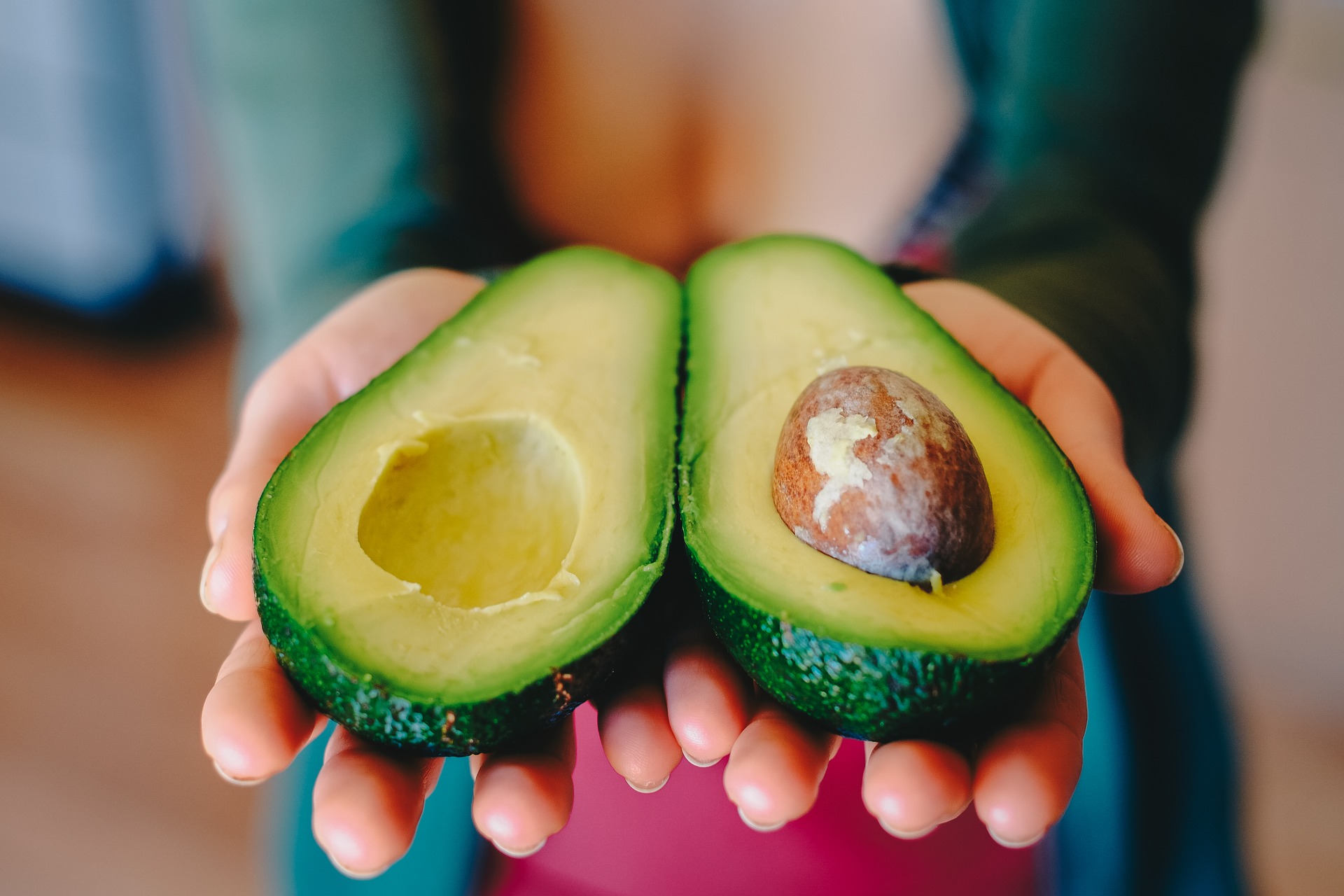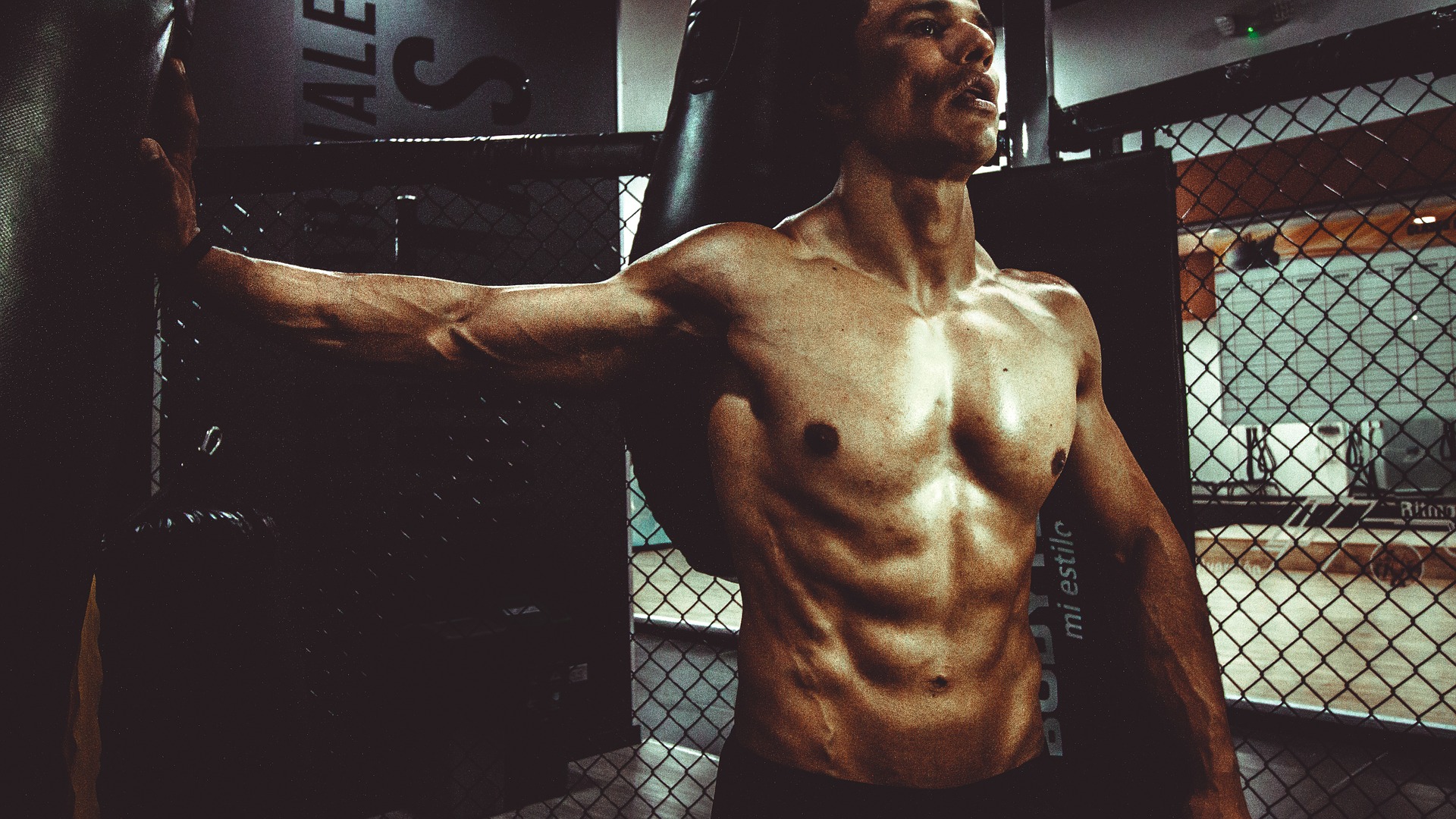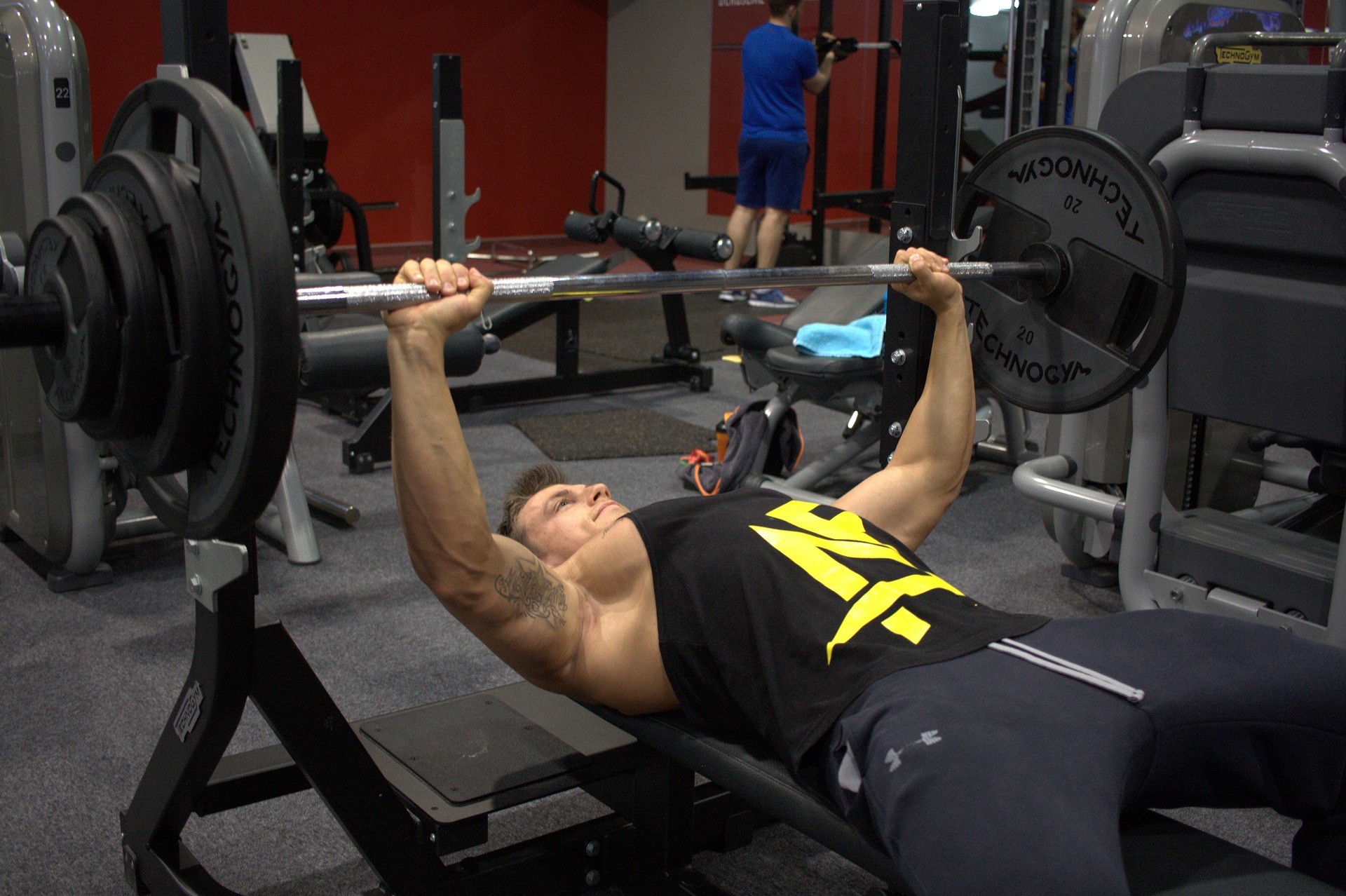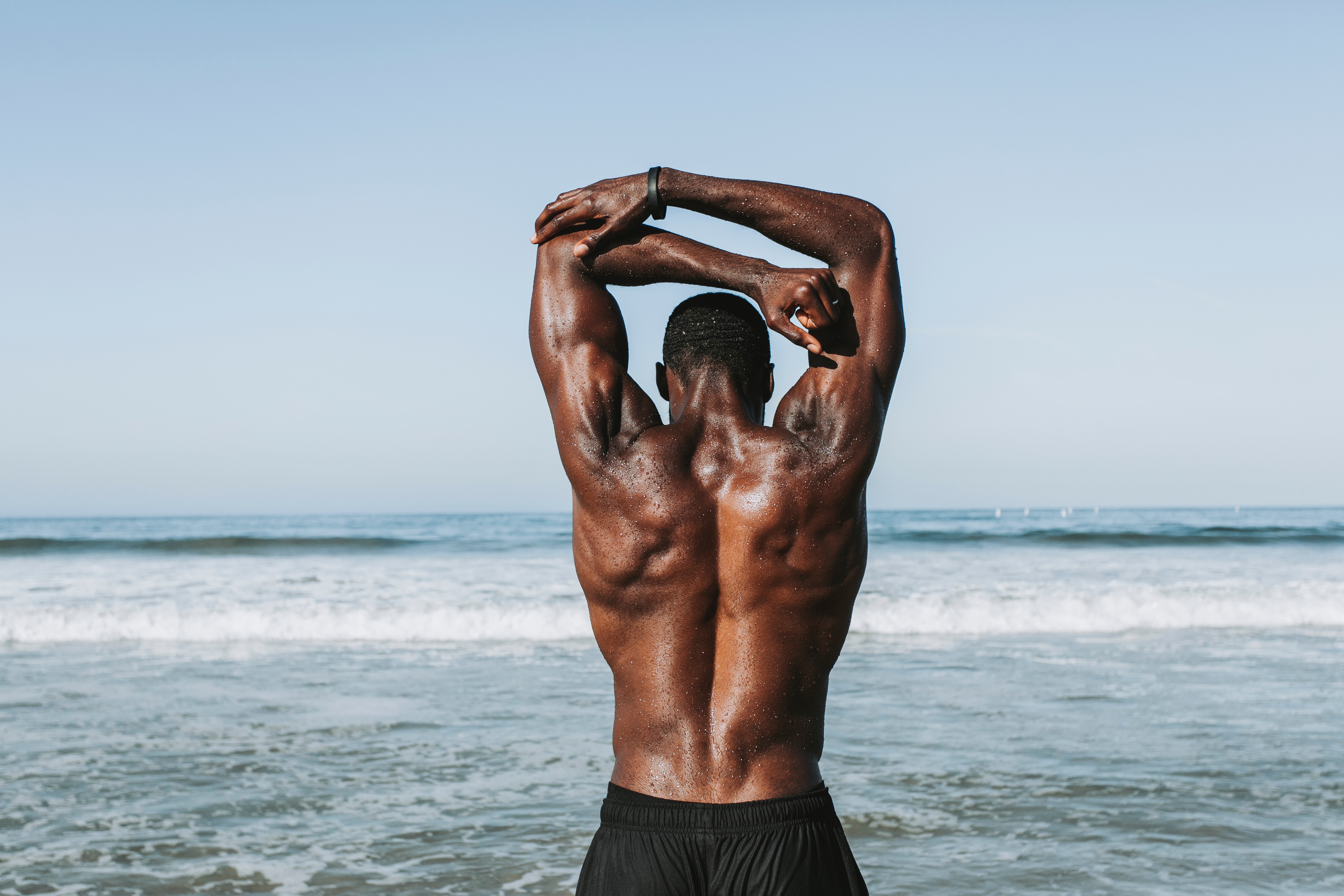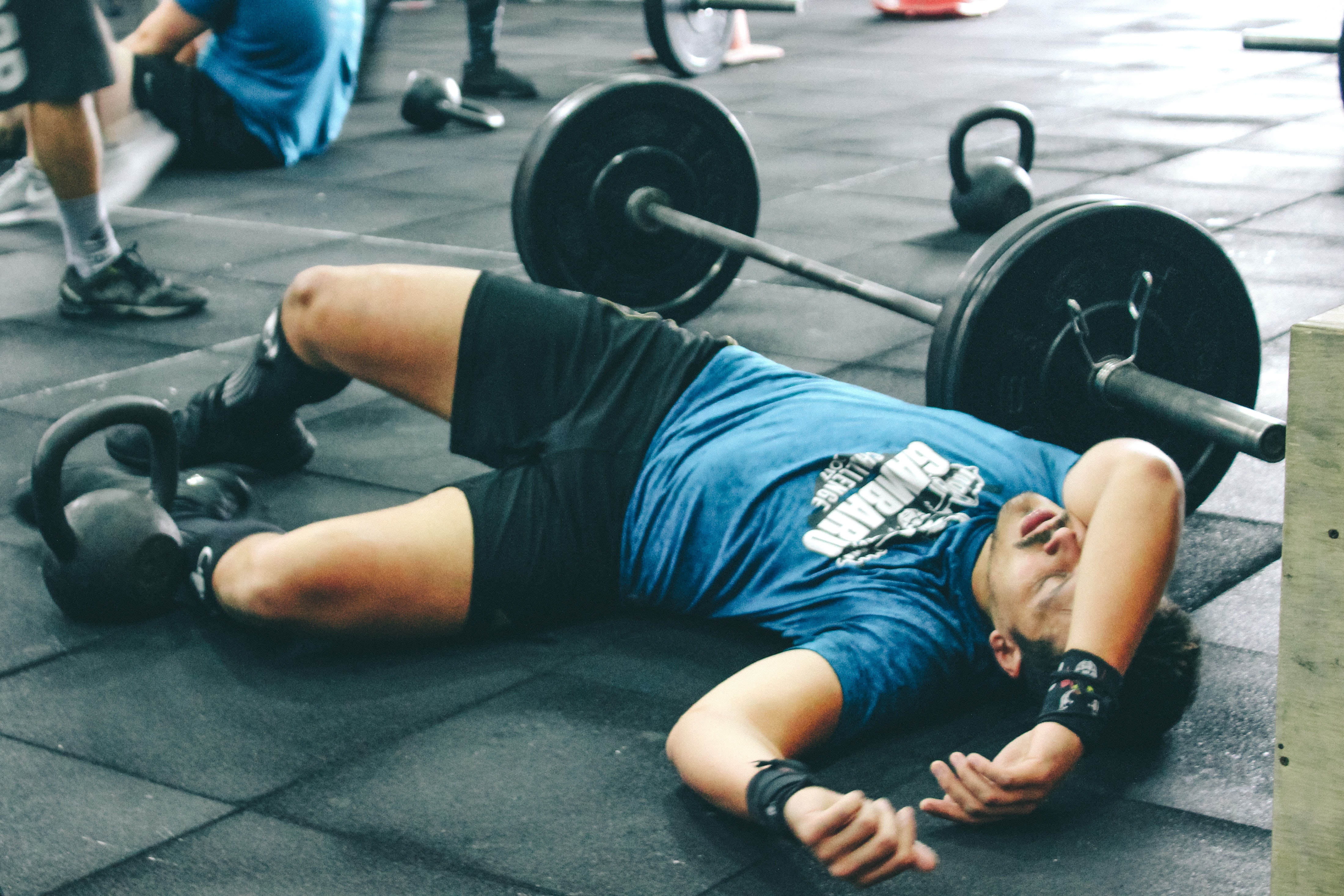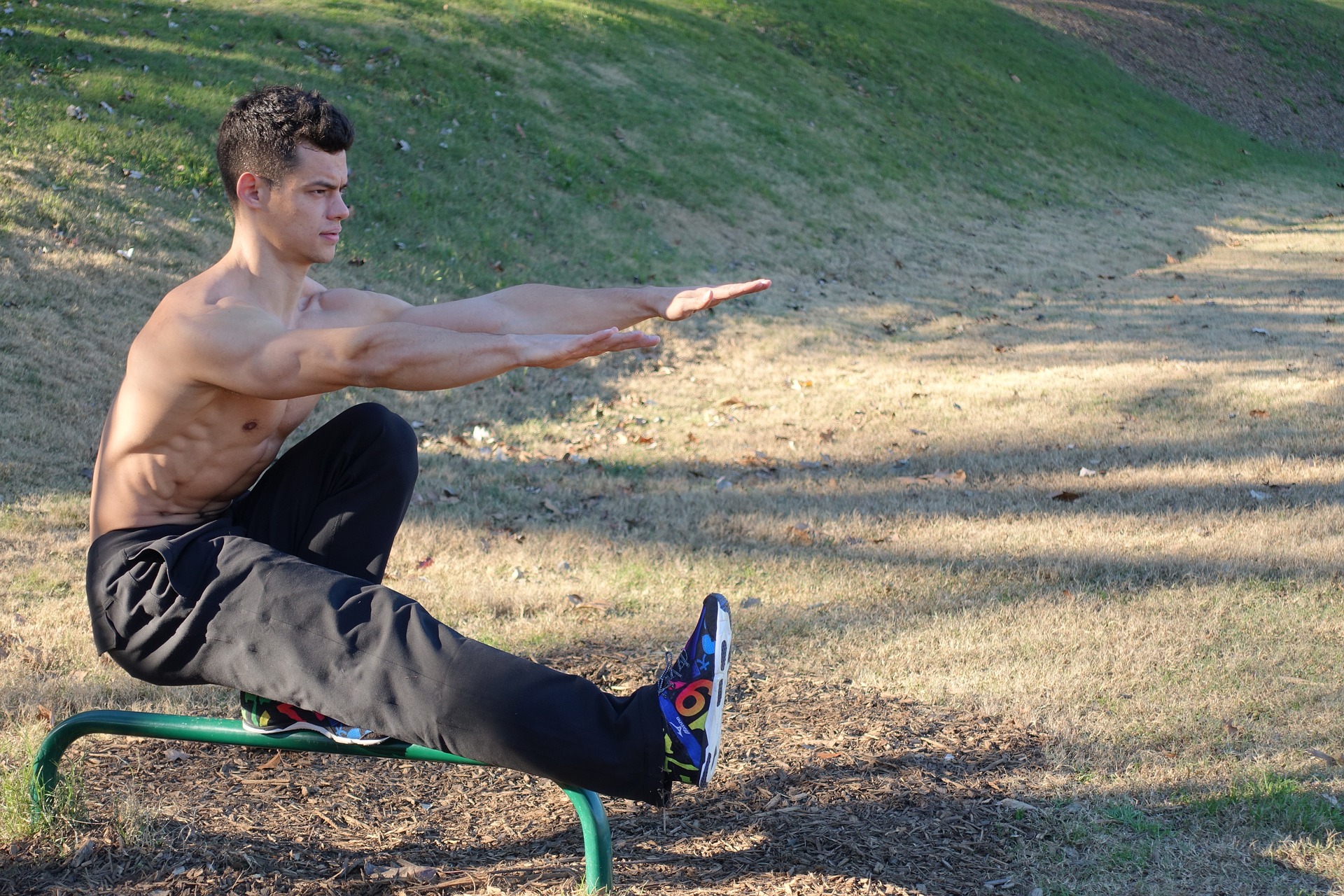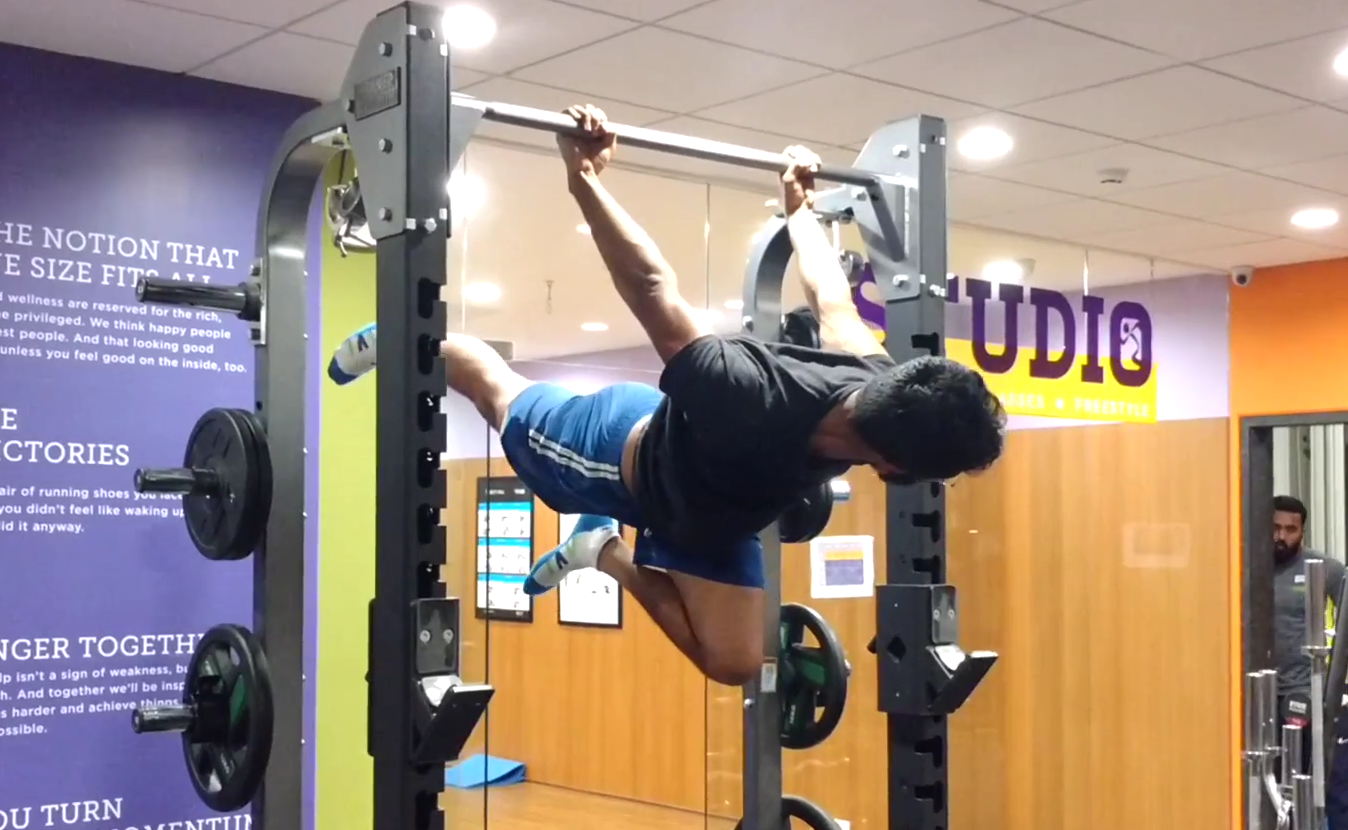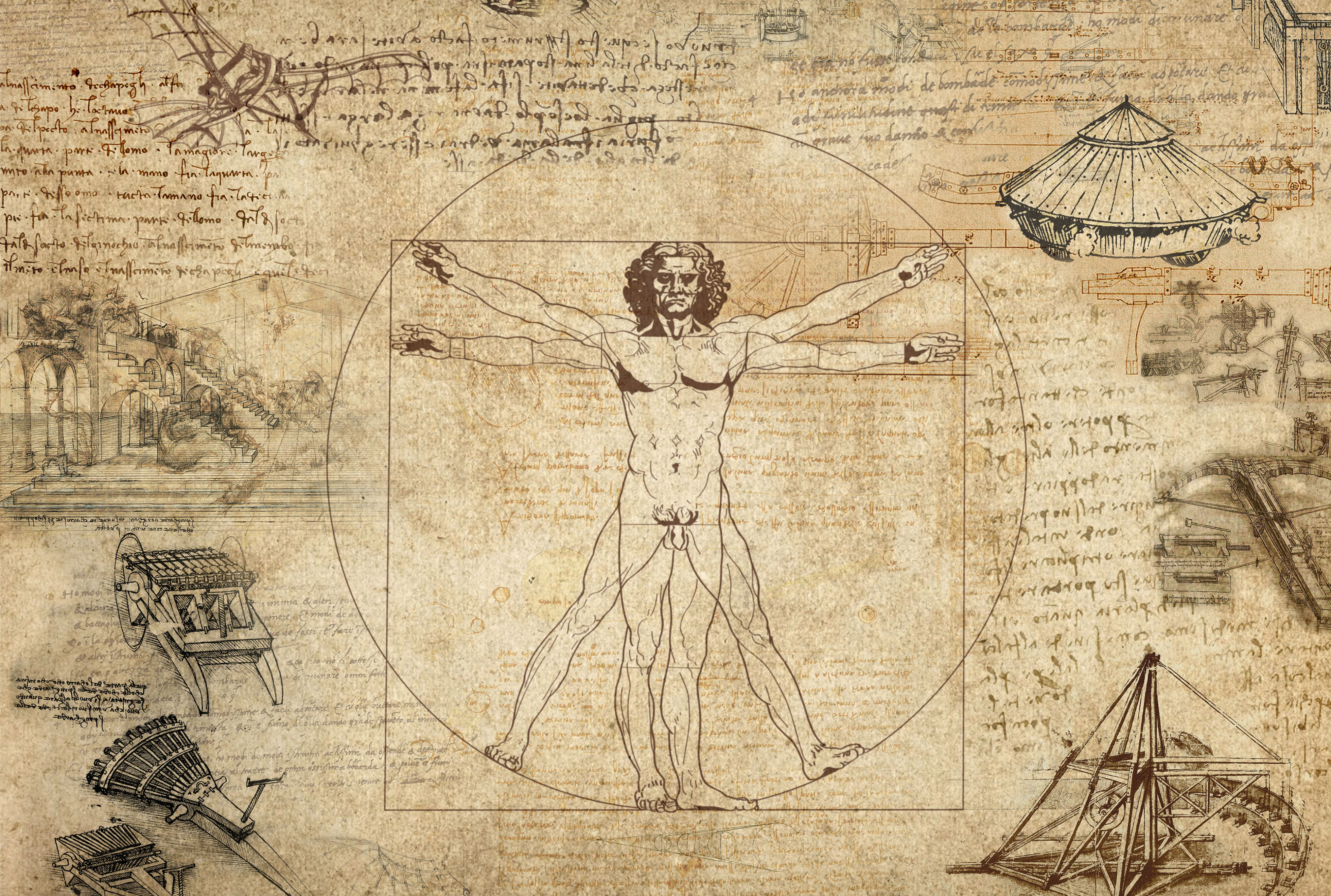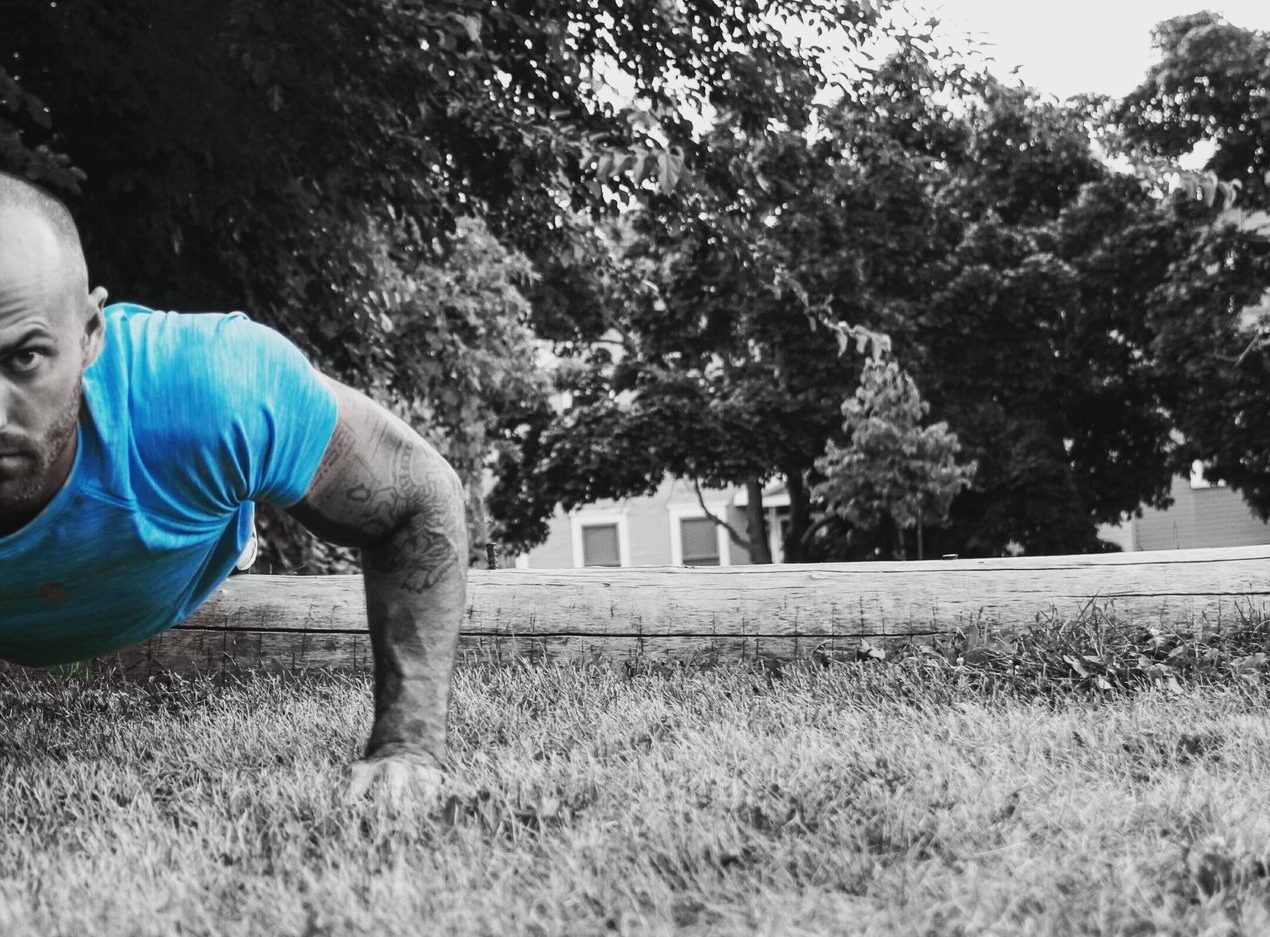Calisthenics – It’s this crazy thing that you’ve seen people do that shouldn’t seem humanly possible. You’ve probably seen a few cool youtube videos with athletes performing all sorts of amazing feats from freestyling on a pull up bar to balancing single arm handstands. Maybe you’ve even read my article on Calisthenics vs Weight lifting vs Machines, while trying to figure out which style of training is best for you.
You’ve made up your mind. You want in on the calisthenics lifestyle, and you believe you have what it takes!
If only you knew where to start, right?
Well, I was like that too once.
We were goofing around one day after Brazilian Jiu-Jitsu class where one of my friends attempted the Crow pose. I think she’d tried it before a few times and this time, she managed to hold it for a few seconds. Not to be out done, I gave it a try and promptly proceeded to fall on my face.
Now at this point, I had been weight lifting for a good many years and I had a decent foundation of strength. I was certainly stronger than my female friend. I thought propping up onto my arms should be easy, I was benching more than my body weight at the time. Yet, despite a few more attempts, I couldn’t do it.
After class, I researched the movement, along with many other Calisthenic exercises like the handstand, front lever and planche.
I was enamoured.
Since then I knew this is what I wanted to do.
Since I started, I haven’t looked back.
It took me a great deal of research and trial and error to figure out the ideal Beginners Calisthenics routine. Today, I’am going to share with you what I have learned.
Read More »How to make your own Beginners Calisthenics routine?My name is Jay Parekh and I’m a Peak Performance and Health Specialist. I’ve been working with people for over 13 years, first in the field of Human Resources and then in the space of Coaching, Speaking and helping people break through their physical and mental barriers to become the best versions of themselves. My website runs a blog with the objective of simplifying peak performance strategies including nutrition, sleep, recovery, peak performance psychology, behavior modification, health, and fitness! I also develop online courses while running live workshops and seminars and working one on one & group coaching environments with key clientele.

